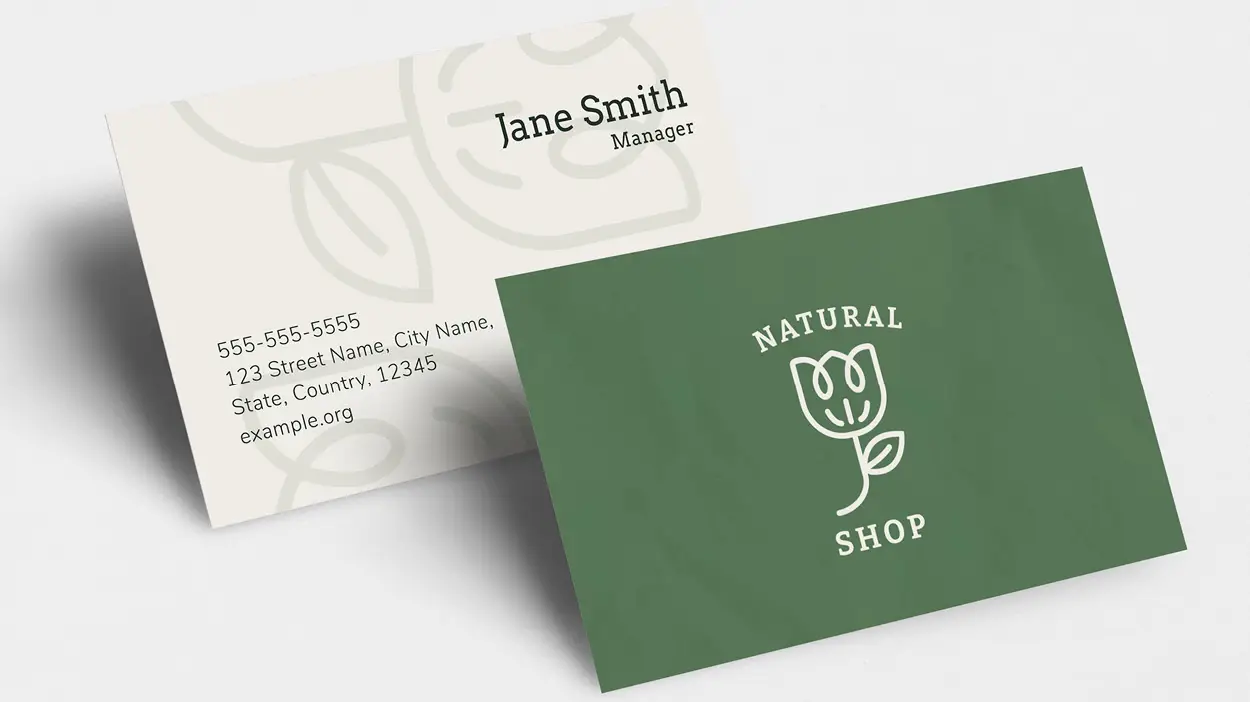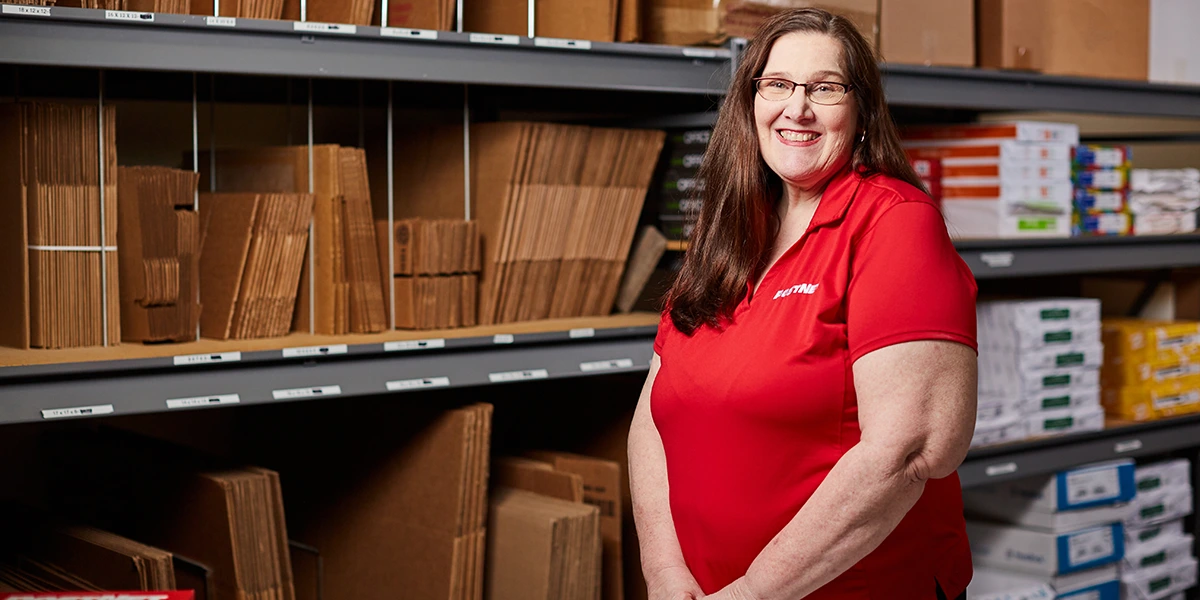

Are business cards still used in our digital-first world? The short answer: absolutely! Even though many professionals default to using digital tools in their networking, a well-designed business card can still make a real impression. It’s a physical reminder of your interaction, and a convenient way for potential clients and partners to get in touch.
But with so many digital alternatives around, how do you make sure your business card design stands out? It’s all about the design, quality, and how you use it when networking. This guide will walk you through the process of creating a business card that really elevates your brand and helps you connect with others.
Business cards still offer a quick and professional way to exchange contact info in person. Some industries have moved to digital alternatives, but others prefer the convenience and personal touch of a physical card. In tech fields where LinkedIn and digital cards are becoming popular, a tangible business card can create a more lasting impression and personal connection. Business cards are still the best option in a variety of settings! A few options include:
Adding a QR code to your business card can help bridge the gap between traditional and digital networking. This makes it easier for clients to check out your website, portfolio, or social media pages.
A great business card design should be more than just a list of your contact details – it’s a tiny representation of who you are professionally. Think of it like a small introduction to potential clients, partners, or investors. When it comes to design, it’s not just about following industry norms, but also showcasing your personal style and values.
Before creating your business card, consider how people in your industry use them. Certain fields, like law and finance, still swear by traditional business cards. Others, such as tech startups and creative types, might prefer digital options, but a sleek business card with cool features like QR codes or unique materials can still make a big impression. For example:
Your business card should be a reflection of your brand, but keep it simple. Avoid overdoing it with too many design elements. Stick to a color scheme and font that fits your overall brand, and make sure all the important info is easy to read. Here are some helpful design tips:
A graphic designer can take your business card from ordinary to exceptional. They’ll help you strike a balance between how your card looks and how easy it is to read, making sure it’s both visually appealing and effective. They can also create a design template, making it easy to update information for different team members while keeping your brand’s look consistent. Other benefits include:
Choosing the right materials and printing options is essential for your business card. This choice helps accurately represent your brand and leave a strong impression. By carefully choosing these elements, you can craft a card that not only looks appealing but also embodies your brand’s personality. Remember, your business card is often the first impression people have of your company, so make it count!
A local print shop lets you check out different paper types and finishes in person, so you can make an informed decision. Working with a local provider when ordering business cards also means you get quality control and faster turnaround times. Plus, local print shops are staffed with experts who can help you choose the best materials and finishes to make your business cards really effective. Here are a few more advantages of going local:
In many industries, business cards are still a valuable tool for networking. They offer a personal touch that digital alternatives can’t match. A well-designed business card is more than just a piece of paper – it’s an extension of your brand and a powerful networking tool. It’s also a great way to make a memorable first impression. To create a card that really reflects your brand, rely on the design experts at PostNet to make it happen. Find the center near you to get started today.


